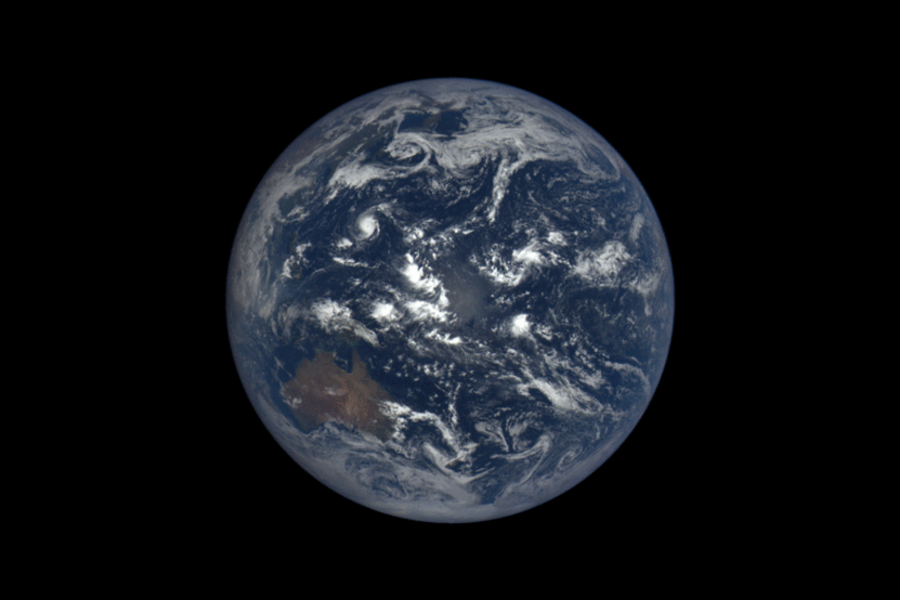NASA to share Earth's daily selfies
Loading...
When a huge camera a million miles above Earth’s surface takes nearly continuous selfies and posts them every day, the results are EPIC.
The camera behind the photos is called EPIC (Earth Polychromatic Imaging Camera), and is part of NASA’s Deep Space Climate Observatory (DSCOVR), launched in February.
The observatory sits at the sweet spot between Earth and the sun, watching the planet’s sunlit face for power-disrupting solar storms, according to a NASA news release. From the million-mile-away point, the gravitational pull of the sun and the Earth cancel each other out, meaning the DSCOVR can hover in space – relatively speaking – and take all the photos the world wants.
The thinking was, since the camera is taking photos anyway, why not share?
A simple website from NASA now features regular posts with photos of Earth’s sunny side. NASA launched the website Monday and will post about a dozen new photos each day, roughly 12 to 36 hours after the camera takes them. Combined, they show the whole planet every day.
The photo project results from a partnership between NASA, the National Oceanic and Atmospheric Administration, and the US Air Force.
The project has two official purposes, reports USA Today. One is to monitor changes in the planet at a macro-scale, including vegetation shifts and cloud height. The other is to develop a photo archive over time to study how the planet rotates. The public photo gallery of the home planet is just a bonus.
The unassuming website marks a huge shift in the availability of such information. Photo-releases of Earth used to be huge events, but this website will make the images continuously available, the Washington Post reported. The Post’s Rachel Feltman described another possible shift:
Astronauts have described a feeling dubbed the overview effect, where their perspective of Earth as a planet surrounded by space makes them more protective of it, and more supportive of the global community. There's no way of knowing whether looking at our pale blue dot every day will make us better humans – but hey, it can't hurt.
Like their Earth-bound counterparts, however, these selfies are one-subject wonders. Although the vantage point of the camera should show a few stars in the background, these photos do not. Earth itself is so bright that in order to pick up detail, the camera takes photos with a very short exposure, so it does not photograph the fainter light of stars, according to a NOAA news release.








